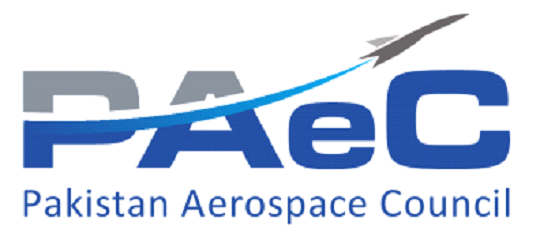How to Come Up With More Truly Innovative Ideas
The world’s most successful creative minds and entrepreneurs all have one thing in common: they benefit from innovative thinking. Some people come up with a truly game-changing idea and they use that idea as the basis for a startup, which then can create an entirely new industry. Others use their innovative brains to solve problems in creative new ways, or to get the edge over a top competitor.
What does it take to come up with a truly innovative idea, and can you optimize your environment to help you generate more innovative ideas? Innovation can occur across many different scales, from system innovation to ground-level innovation. Big-picture system innovation requires you to rethink entire systems and bureaucracies from the ground up, or possibly come up with groundbreaking ideas that create new industries. There are also smaller-scale forms of innovative thinking; for example, you might figure out a new way to butter toast in the morning that saves you 45 seconds of effort.
We also need to differentiate between innovative organizations and innovative people. Innovative people, at the individual level, can come up with ideas that can improve their lives and change their environment. For an innovative organization to emerge, it needs the power of innovative individuals combined with internal mechanisms that allow those individuals and their ideas to thrive.
If you want to master innovative thinking for yourself and for your employees, you need to create environments that stimulate creativity and allow “outside the box thinking.
Allow more downtime.
It’s commonly accepted that people tend to come up with their best ideas in the shower, but why is this the case? Science suggests it’s because we’re bored. When our minds aren’t occupied with anything particularly interesting or important, they wander and that’s when completely novel ideas can strike. If you want to think in a more innovative way, try giving yourself more downtime where you aren’t focused on anything.
Encourage interaction.
People think in different ways and exposing yourself to intellectually diverse groups encourages you to think in new ways. The more people you talk to, and the more ideas and perspectives you see, the more creatively you’ll come to think.
Get stimulated.
Innovative inspiration can strike you anywhere, from any stimulus, so get stimulated. Movies, TV shows, books, podcasts, works of art, and even nature can all help you get inspired, so find something that interests you and provokes your creative thinking.
Learn from other innovative thinkers.
Find some truly innovative minds that inspire you and figure out what drives them. They may have certain habits, certain hobbies, or certain approaches to learning that help them think in dynamic new ways; try these techniques for yourself to see if they work for you just as well.
Embrace ideas from all people and all levels.
If you collect ideas from every member of your organization, you’ll find innovative ideas almost constantly. For that reason, it’s important to give everyone a chance to speak up and embrace ideas no matter where they originate.
Adopt a mentality that favors change and growth האתר שלי.
Old, massive organizations tend to be sluggish and unmovable. In some ways, this is a strength. It also means you’re unable to adopt new ideas with any sort of agility. Your organization needs to be capable of making big changes for ideas worth pursuing.
Encourage autonomy.
While it’s certainly an advantage to have a consistent company culture that affects all people at all levels in the company, it’s also advantageous to encourage isolation and autonomy. Let department leaders and supervisors make their own decisions and changes as they see fit, rather than forcing them to submit every idea to bureaucratic review; chances are, you’ll see a lot more change and growth this way.
Innovation isn’t entirely straightforward, and there’s no way for you to force innovative ideas to come to you manually. However, if you’re willing to make some changes to the way you think, act, and interact with others, you can create an environment that naturally encourages more innovative, game-changing ideas from the ground up.

















